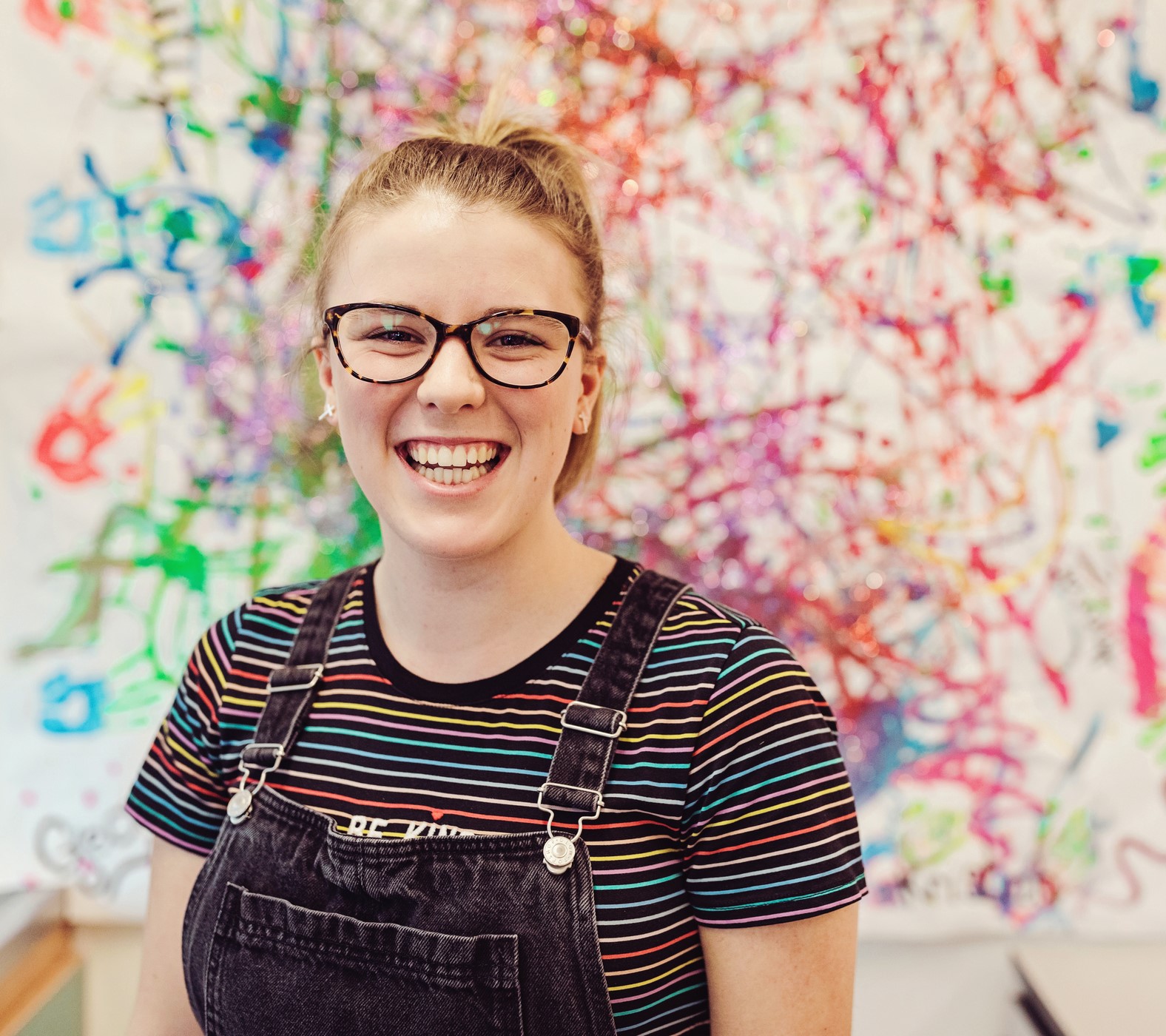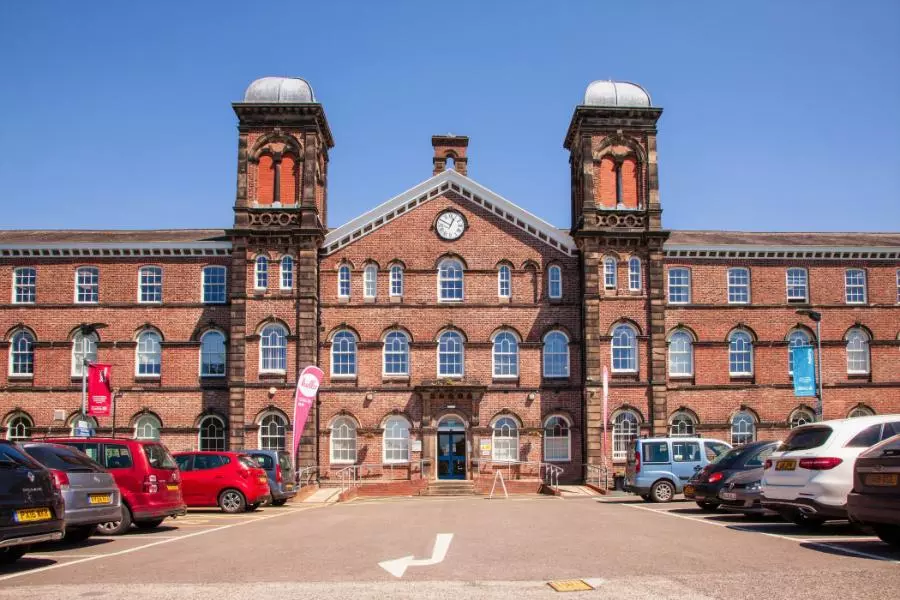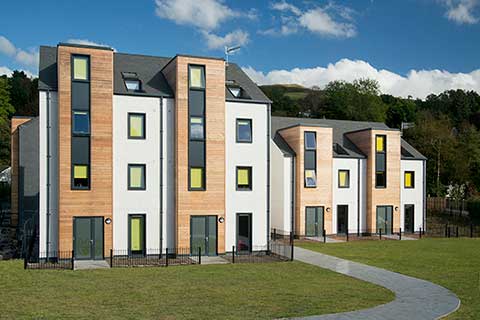Module - Cellular and Molecular Pathology HSOB5010
This module will look at the role of molecular and cellular based diagnosis in a range of pathological conditions. An overview of key processes involved in diagnosis (using cell and tissue specimens) will be covered in particular the mechanism of fixation with particular reference to autolysis and putrefaction. The processing of samples from arrival at specimen reception to preparation of a stained, mounted specimen will be outlined (e.g. tissue processing, blocking out, microtomy and staining) as will recent developments in the area.

On successful completion, you will be able to:
- Demonstrate knowledge of the classical steps involved in disease progression and their corresponding microscopic phenotype.
- Describe how cells and tissues are processed for microscopic examination within a diagnostic setting.
- Compare and contrast methods used to detect and differentiate specific cellular elements in cell and tissue preparations.
- Discuss the diagnostic value of specialised procedures such as immunocytochemistry and FISH.
- Critique the development of new and emerging procedures and techniques.
- Structure and function of normal cells and tissues, the aetiology and pathogenesis of disease, key morphological changes, functional disturbances and the clinical consequences (e.g. inflammation, carcinogenesis, autoimmunity, neurological disease)
- The collection and processing of samples: differing types of histological specimen (biopsy, excision, resection), micro-dissection, fixation and fixatives, tissue processing, microtomy and cryotechniques.
- Specialised staining methods for the detection of cell and tissue elements e.g. Haematoxylin and Eosin (H & E) and Trichome staining.
- Immunocytochemistry: the practical aspects of antigen labelling techniques e.g. Monoclonal and polyclonal antibodies, antigen retrieval techniques, immunocytochemical technique, the improvement of sensitivity and selectivity and diagnosis criteria for specific diseases.
- Cytopathology: gynaecological and non-gynaecological specimens, handling and processing of samples, liquid based cytology (LBC), the importance of screening programmes.
- The applications of microscopy in the investigation of disease: phase contrast, polarising, electron, fluorescence.
- The application of molecular biology within cellular pathology: FISH, PCR and micro- array technology.
Modules are delivered in person, through a blend of lectures, seminars, and practical sessions.
You’ll benefit from close interaction with tutors and peers, access to specialist laboratories, and small-group teaching.
Assessment varies by module but may include:
- Written coursework
- Exams
- Practical assessments
- Case-based evaluations
Each module typically carries 20 academic credits and is completed over one semester.
• Hold a relevant honours degree in biomedical science or a closely related subject.
• Have completed a formal IBMS degree assessment that identifies academic shortfalls.
• Be aiming for HCPC registration as a biomedical scientist.
• Applicants should refer to their IBMS assessment letter when selecting modules.
• Please note these modules do not include a placement, they are intended to address academic learning outcomes only.
20 credit module pricing
UK |Tuition fees are set annually and are subject to review each year. The University may therefore raise tuition fees in the second or subsequent years of a course, in line with inflation and/or the maximum permitted by law or government policy. Students will be notified of any changes as soon as possible.
Location
Carlisle - Fusehill Street Campus
The Fusehill Street campus has been the setting of life-saving treatments since World War I. Now, it's home to world changers, life-savers, crime fighters, and entrepreneurs with access to high-quality facilities and innovative thinking.
Find out more
Find out more about studying with us
Attend an Open Day at Cumbria
An Open Day is your opportunity to explore one of 5 campuses, meet your lecturers, and find out how the University of Cumbria could become your new home.





